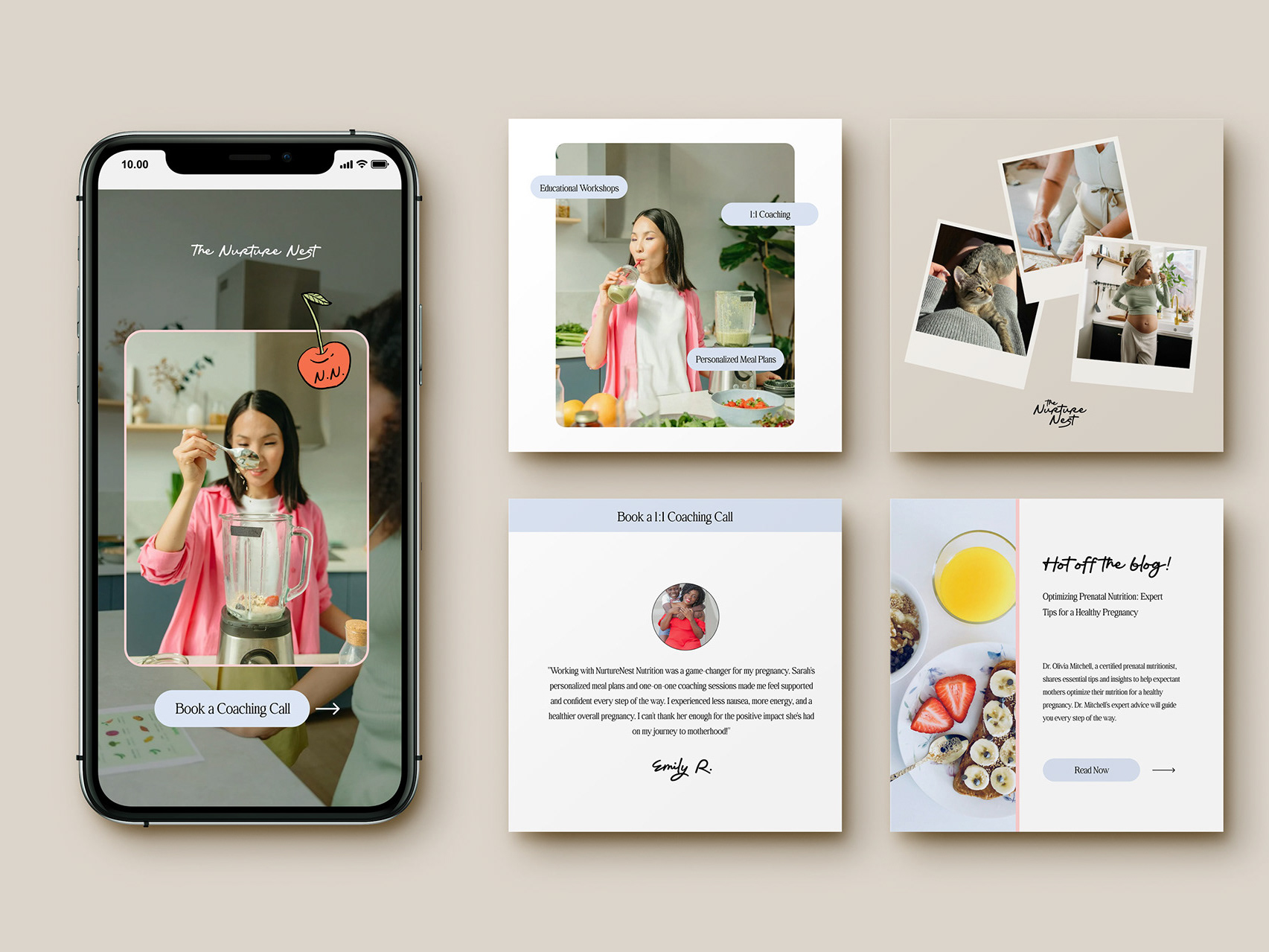
Sidwell Friends School Designs
2025

Semi Annual Report
2024


Gardeneers Marketing Materials
2025


Camp Wild Sprout
2025


Ordinarie Heroes
2025

Nonprofit Annual Report Design
2023


Thrive Collective Counseling
2025


Penny & Paper
2025


Summer Camp Merchandise Design
2023


Prenatal Nutritionist - Branding
2025


Pilates Branding
2025

Environmental Infographics
2023
